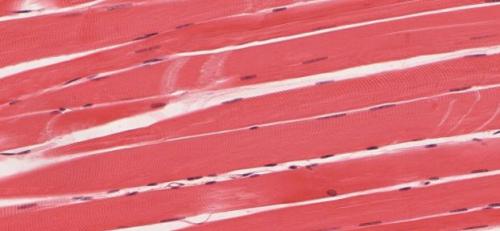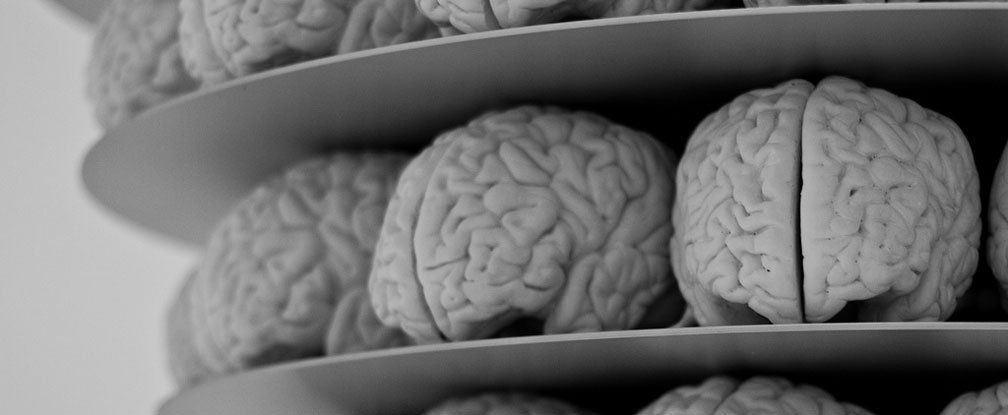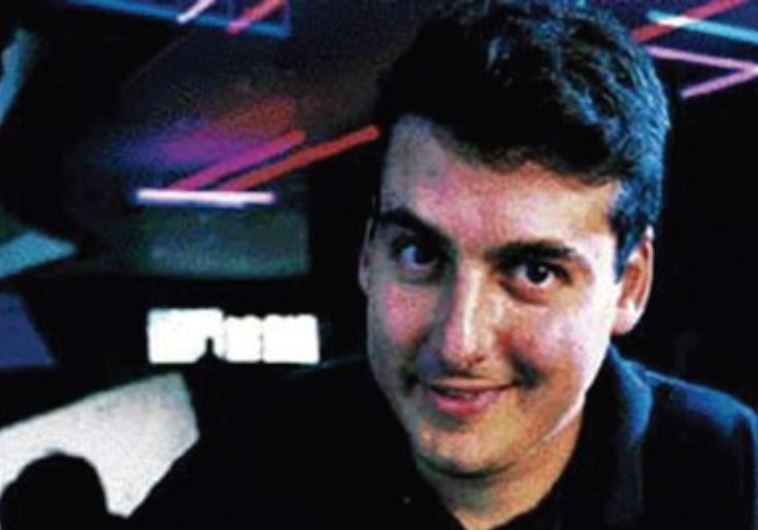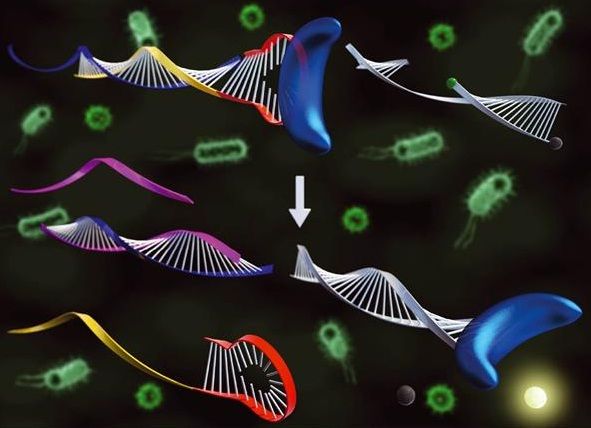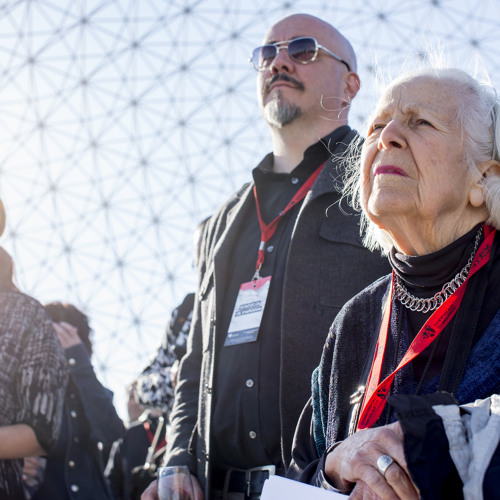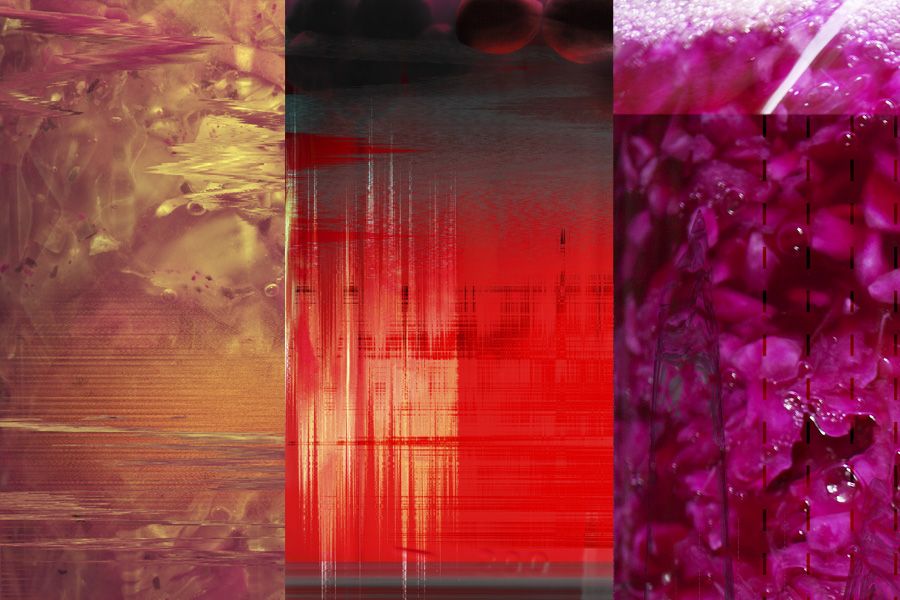Sep 12, 2015
Scientists discover cause of and potential treatment for muscle weakness and loss due to aging
Posted by Shailesh Prasad in categories: chemistry, life extension
As we grow older, we lose strength and muscle mass. However, the cause of age-related muscle weakness and atrophy has remained a mystery.
Scientists at the University of Iowa have discovered the first example of a protein that causes muscle weakness and loss during aging. The protein, ATF4, is a transcription factor that alters gene expression in skeletal muscle, causing reduction of muscle protein synthesis, strength, and mass. The UI study also identifies two natural compounds, one found in apples and one found in green tomatoes, which reduce ATF4 activity in aged skeletal muscle. The findings, which were published online Sept. 3 in the Journal of Biological Chemistry, could lead to new therapies for age-related muscle weakness and atrophy.
